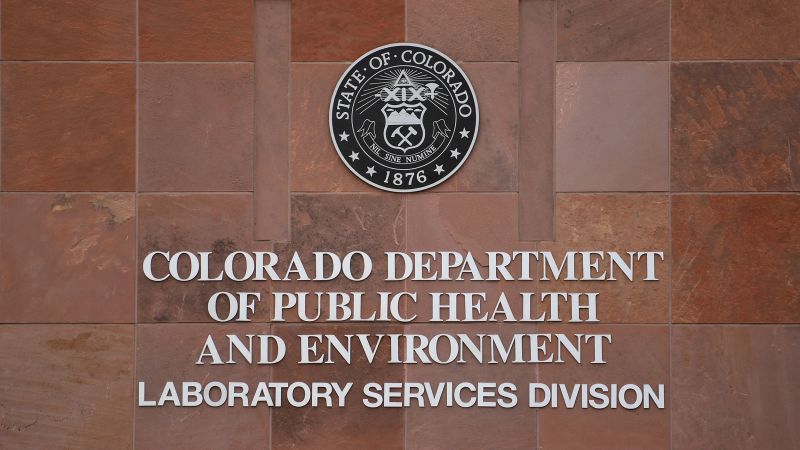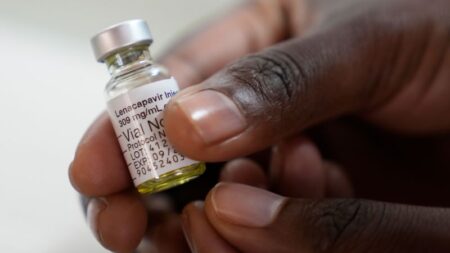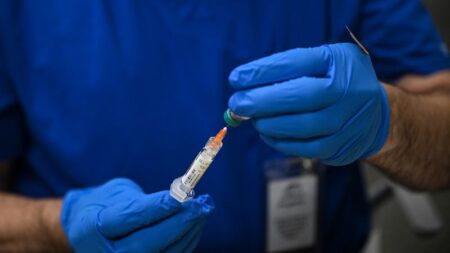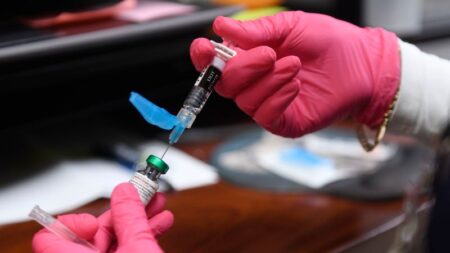In breaking news, a fourth person in the United States has tested positive for H5 bird flu in connection to an ongoing outbreak among dairy cattle across the country. The Colorado Department of Public Health and Environment announced on Wednesday that the state has identified its first human case of H5 avian influenza associated with the multistate outbreak of the virus in dairy cattle. This case marks the fourth identified nationally in connection to the outbreak, with two other human cases reported in Michigan and one in Texas.
More than a quarter of dairy herds in Colorado have reported cases of bird flu, with federal data showing that seven states have confirmed cases in the past 30 days. Shockingly, 40% of these cases are in Colorado, exceeding any other state. The infected person in Colorado only had mild symptoms, reporting conjunctivitis, or pink eye, as a symptom. He worked at a dairy farm in northeast Colorado and had direct exposure to dairy cattle infected with avian flu.
After testing positive, the man was immediately treated with the antiviral medication oseltamivir and has since recovered, according to the state health department.
Dr. Rachel Herlihy, state epidemiologist at the CDPHE, emphasized that the risk to most people remains low, as avian flu viruses are not currently adapted to spread from person to person. However, people with regular exposure to infected animals are at increased risk of infection and should take precautions when in contact with sick animals.
In the current outbreak connected to infected dairy cattle, the first two human cases identified in the United States also reported eye-related symptoms. None of the three individuals had contact with each other, but all worked with cattle, indicating potential cow-to-human transmission of the virus.
The US Centers for Disease Control and Prevention (CDC) continues to monitor the situation using its flu surveillance systems to watch for H5N1 activity in people. The agency maintains that the human case in Colorado does not change the current H5N1 bird flu human health risk assessment for the U.S. general public, which is considered to be low.
The CDC has reiterated the importance of recommended precautions for individuals with exposure to infected animals, such as wearing personal protective equipment. Financial support has been offered to farms with infected animals to provide workers with protection, and research is ongoing into how infections are transmitting between cows and from cows to humans.
In a press conference on Tuesday, Dr. Nirav Shah, principal deputy director of the CDC, stated that the United States has ample H5 bird flu tests available to respond to the current outbreak, with roughly 750,000 tests currently available and an additional 1.2 million tests expected in the next two to three months.
As the situation continues to develop, health officials urge vigilance and adherence to recommended precautions to prevent further spread of the bird flu outbreak.











